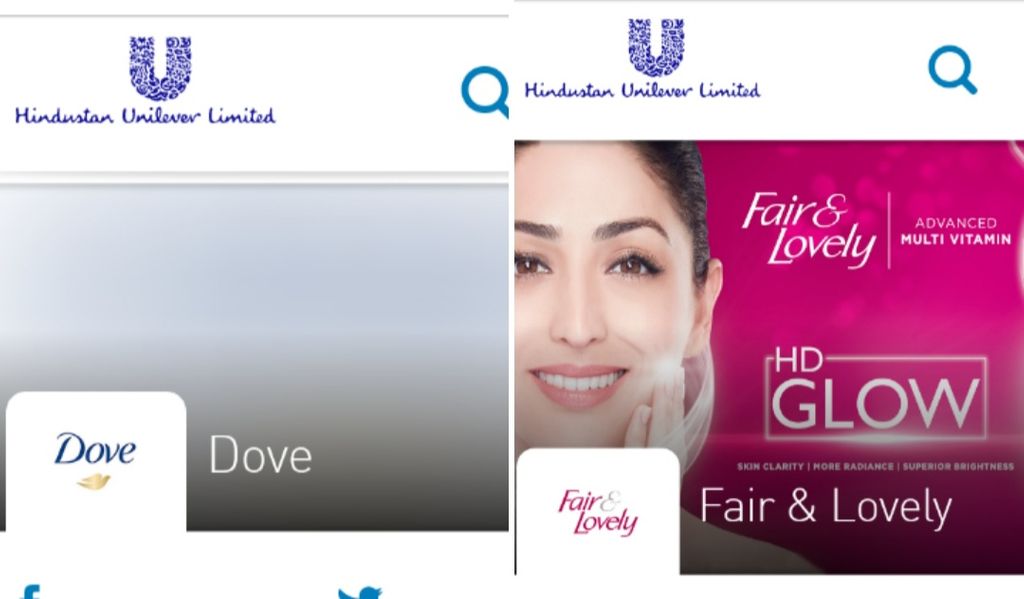Everything Wrong With Indian Advertisements!
May 27, 2019 • 71 views
Advertisements can be referred to as the means of communication of goods and services aimed at mobilising and influencing consumers who recieve them. Generally mobilising the audience, which should be the basic idea behind ads, is undermined by the aim of making a product survive in the market competition.

These adaptations of new aims have led the companies to endorse their products by appealing to the emotions of the general public. Also ‘Need’ being the basic blocks of human evolution has always been inclusive to such appeal. As a result of these adaptations, increasing fake expectations and promoting irrational needs are the new tools by which companies tend to improve their markets.
An important aspect is the analysis of the impacts of such advertisements. For example, if an ad conveys breaking the rules of the college and revolting against the college uniform is an act of masculinity and swag, or challenging the discipline conduct of a sport to not have long hairs and tangentially asserting a sense of women empowerment are the things that have been totally conveyed wrong. When we analyse the idea behind such ads, such as for the first case exploiting the need prevalent, i.e., empowering women in the society or for the second case trending expectations, i.e., to be an individual who is admired and looked upon, how advertisement appeals to emotion and convinces the general public to spend money on their products.
An interesting fact is that the existing social prejudice has assisted MNC’s to build their empires by their two fold mechanism, either manufacturing goods that lets you withstand the course of the prejudice; thus deepening it or goods that challenge the existing stigmas enabling you to stand out of the course.
The shocking part is that these companies strive to both of the mechanisms simultaneously.
A brilliant example is on one hand we have the futile fairness cream advertisements that upholds the consumer to be dissatisfied of their natural colour, substantiates the stigma of a particular colour being a sign of positivity, acceptance and superiority and also vandalizing the idea of equality in the society and on the other hand, stimulating a modernistic concept of natural beauty above all through advertisements of beauty bathing bars. Asserting the perception that how it encourages the society to break the rules of beauty, how it helps young individuals to build life-long self esteems and redefining beauty legacies with no ground check of reality. Sadly such discourse which we perceive as competitions and self-check mechanisms are actually handled by same company whose prime objective being profit only.

Although in this vulnerable world of advertisements, feedback and review systems emerging in online markets do serve as some positive relation between consumer and the goods yet flaws exist too. Thus Indian ads need to be regretted to stimulate awareness among the general public about everything going wrong with the advertisements they watch daily.
